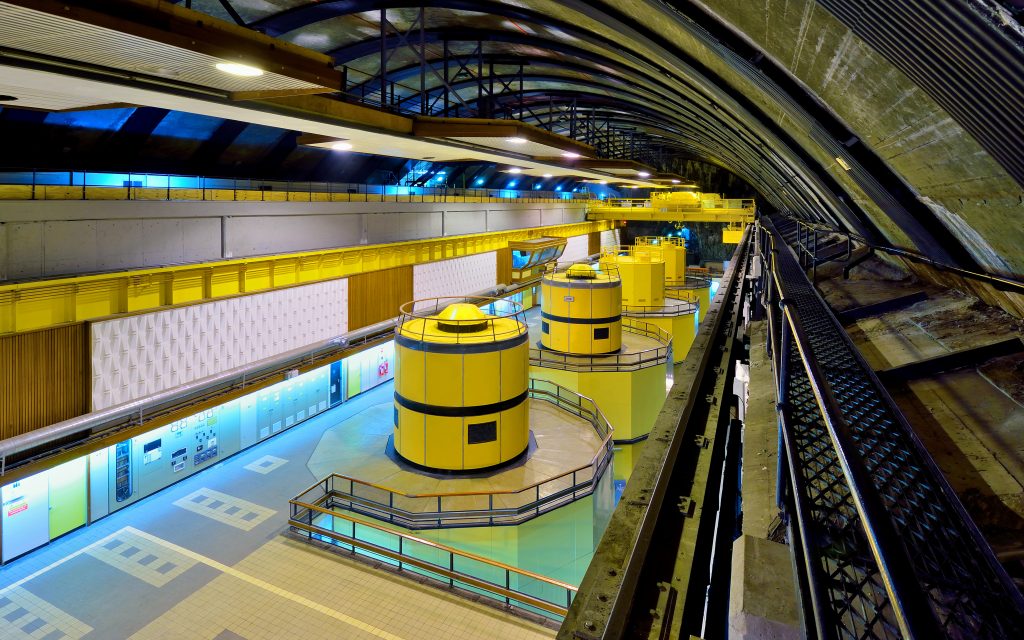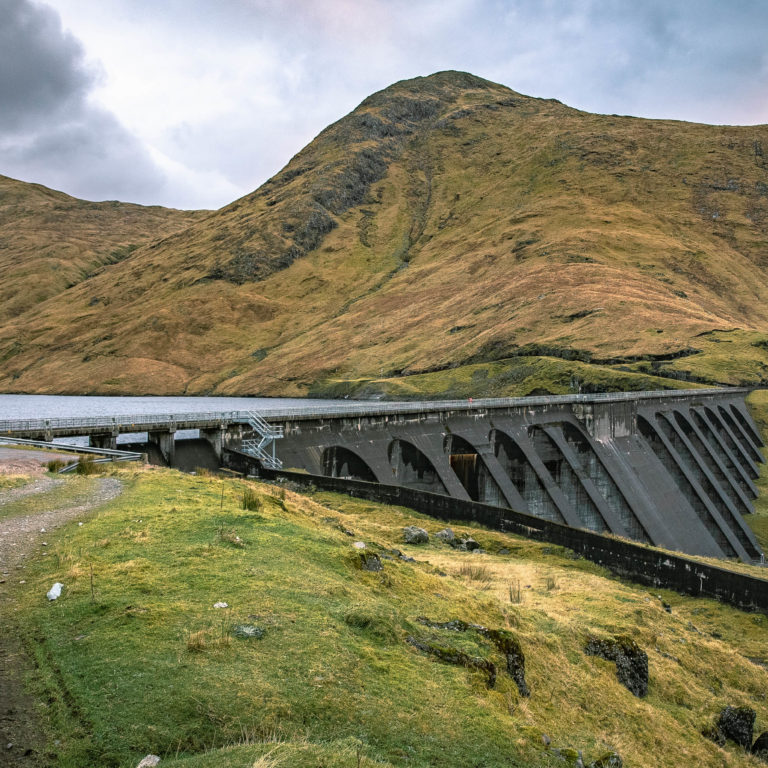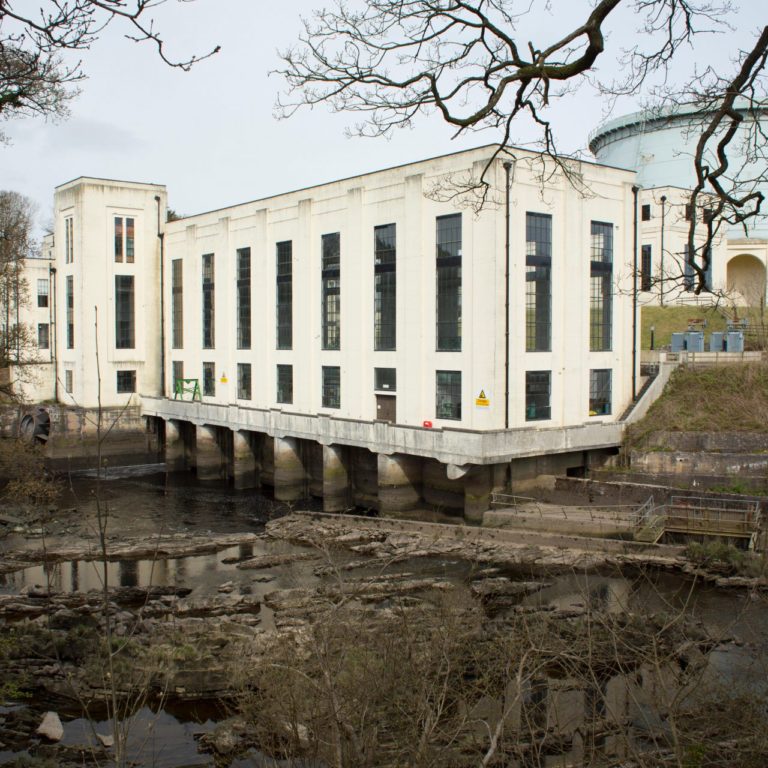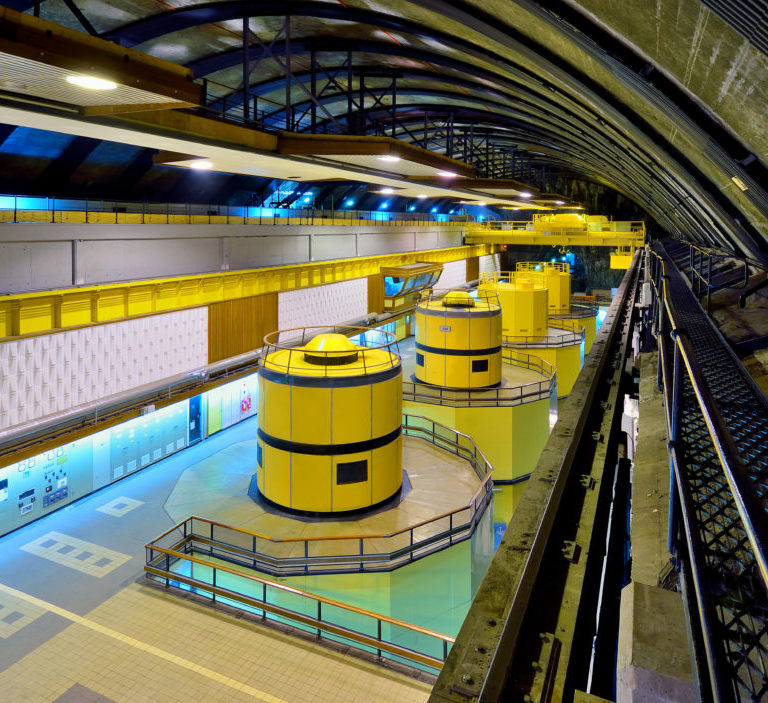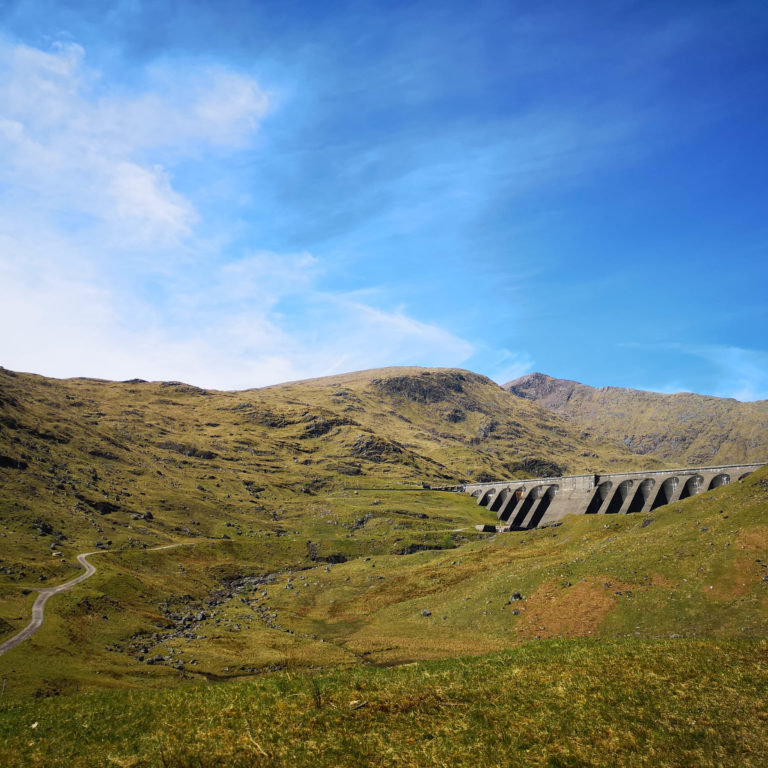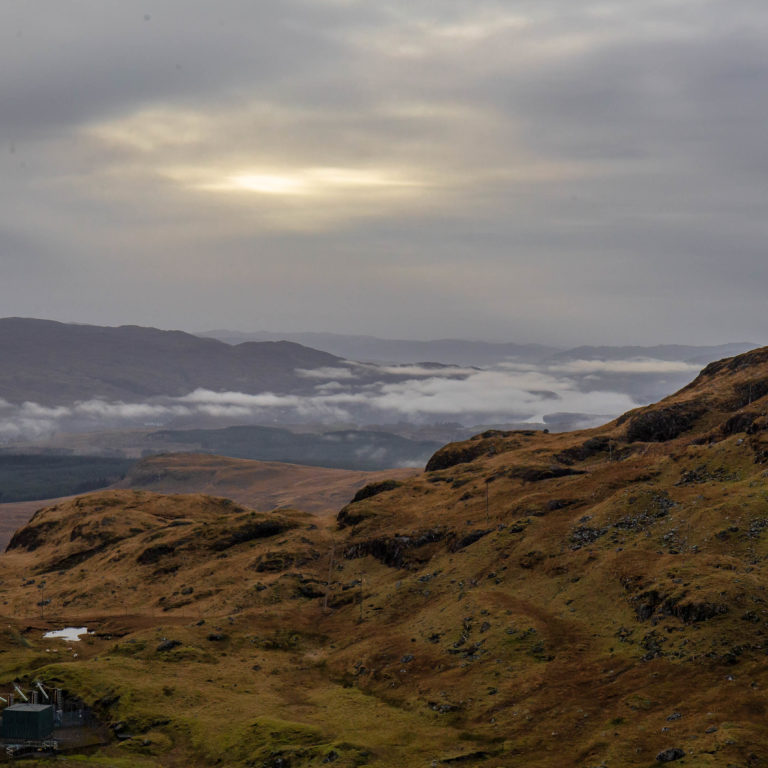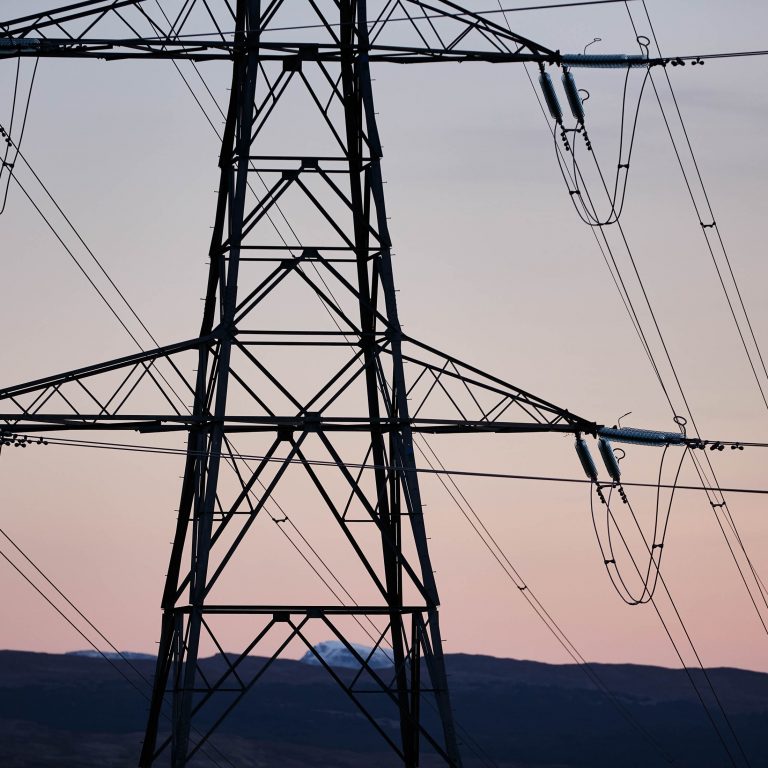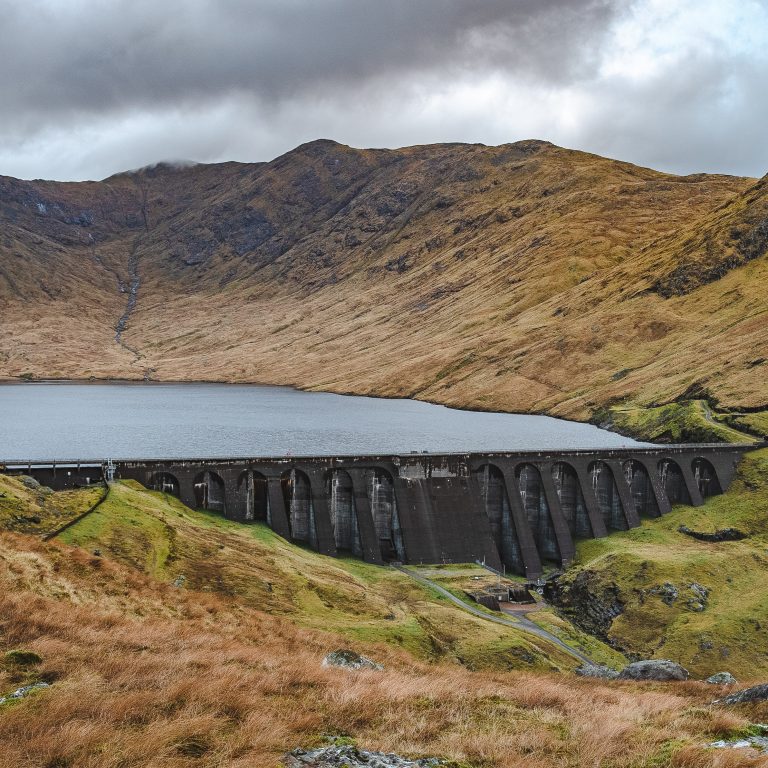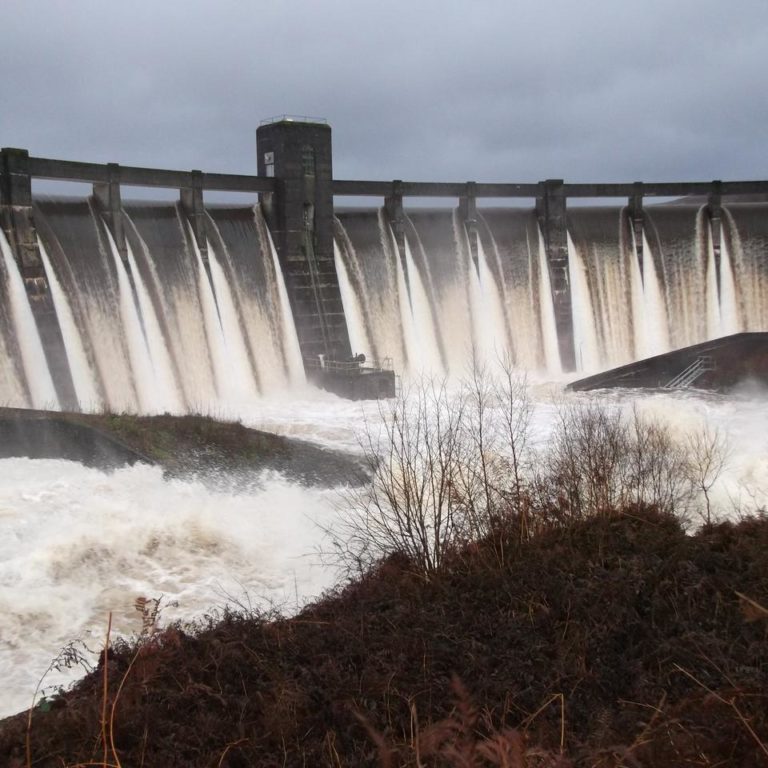What’s the biggest battery you can think of? A car battery? A grid-scale lithium-ion array? What about a battery the size of a mountain?
That’s what you’ll find on the banks of Loch Awe in Argyll, Scotland. Cruachan Power Station is a pumped hydro storage facility comprised of nearly 20 km of tunnels and chambers cutting through the mountain of Ben Cruachan.
Built in the 1960s, the site, known as ‘The Hollow Mountain’ entails a subterranean power station, a reservoir, a dam, and the loch itself. These components all work together to store a huge amount of energy, or enough to power more than 880,000 homes, at a moment’s notice.
This probably doesn’t fit your image of what a battery looks like. But the principle is the same. The purpose of any battery, from the AAs in your remote control to the one in your phone that you charge every night, is to store power for future use.
In an AA battery, that storage takes the form of chemicals within the battery which release electricity under the right conditions. In pumped hydro, the purpose is the same, but instead of being stored in chemicals, that energy is stored in the gravitational potential energy of 10 million cubic meters of water, sitting poised to spin Cruachan’s turbines and generate 440 megawatts (MW) of electricity.
Such a huge amount of water is the equivalent of around seven gigawatt-hours (GWh) of energy. If the reservoir is full, the Hollow Mountain can power a city for more than 15 hours.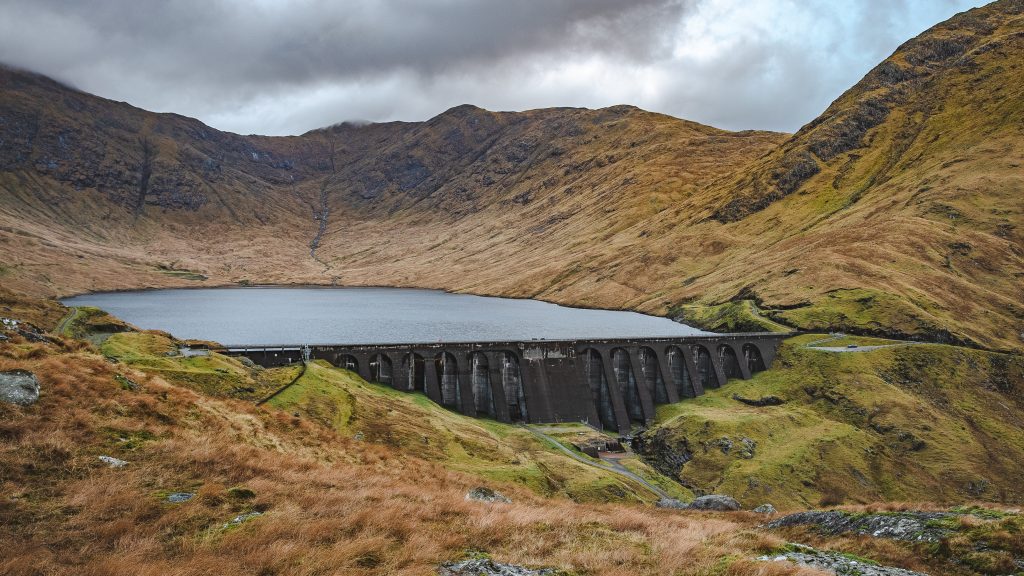
How pumped hydro works
Cruachan Power Station is one of only four such storage facilities in the UK. Inside the mountain, 396 metres beneath the surface, is a chamber about the size of a football pitch, and the height of a seven-storey building. Here sit four electricity-generating turbines, each weighing around 650 tonnes.
A series of tunnels and channels connect these turbines to two enormous bodies of a water: Loch Awe at the base and the Ben Cruachan reservoir further up the mountain.
The turbines can function both as pumps and as generators. When there is an excess of power on the grid, and electricity is cheap, the turbines consume electricity and work to pump water up from the loch below to the reservoir 300 metres above.
Then, when electricity demand rises, the turbines reverse direction. Now the water flows down from the reservoir and through the turbines, which switch to generating electricity and supply it to the grid.
This is an extremely quick process. Unlike coal or nuclear stations, which can take hours to get up to full capacity, Cruachan can go from standstill to generating within two minutes – perfect for reacting to variance in grid demand at short notice.
Often National Grid ESO (electricity system operator) keeps one or more of Cruachan’s four units spinning in air. Compressed air is used to evacuate water from around a turbine to allow it to spin. When necessary, it can go from zero megawatts to 100 MW or more in less than 30 seconds.
In any given day, the system operator may call on Cruachan Power Station multiple times as the requirements to manage the grid constantly change.
Cruachan is a net generator of power across the year thanks to the large amount of water flowing into its reservoir from a system of aqueducts. However, pumped hydro is primarily about storing energy – not actively producing it in the way wind, solar, gas, biomass or conventional hydropower facilities might.
In fact, the UK’s four pumped hydro power stations are a combined net consumer of electricity. But this is the case with regular batteries as well, when construction is factored in.
Nevertheless, pumped hydro storage is still efficient – around 70% to 80% of the electricity used in pumping is recovered in generation. Sometimes, the convenience of getting access to power when it’s needed is more valuable than how much power is conserved.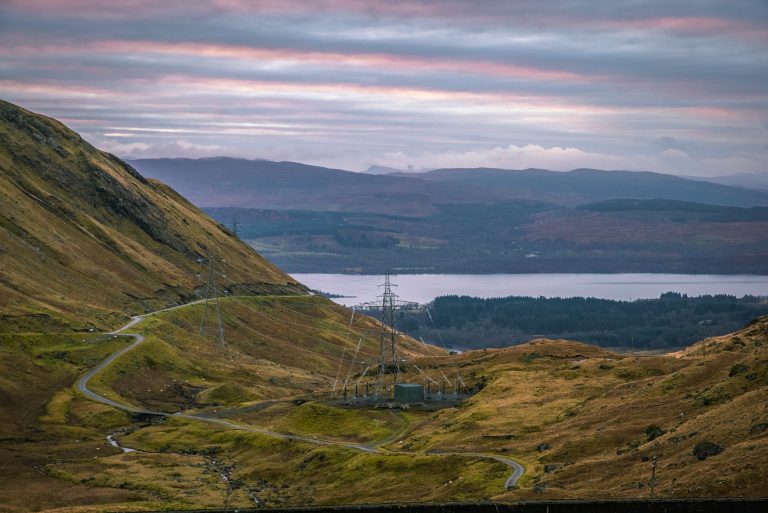
The need for storage
But why store so much energy in such an improbable location to begin with?
There are two key reasons: The first is that the grid doesn’t operate under the same conditions all the time. Great Britain will use more or less electricity owing to its needs. For example, overnight there is a lower demand than at 5pm on a weekday evening. This means sometimes the grid is demanding more electricity than is being supplied, and sometimes vice versa.
Secondly, there’s the increasing level of intermittent energy sources, like wind and solar, supplying low carbon electricity. These sources are highly dependent on the weather and can’t be easily turned up or down in response to grid conditions.
Batteries can address these two issues. In times of higher electricity supply than demand, storage systems can absorb and store electricity from the grid, which helps balance frequency and prevent surges; and in times of high demand, then can quickly deliver electricity where it’s needed.
Pumped hydro is an important part of this equation – in fact, while other types of grid-scale batteries are receiving significant investment, they are still in their infancy. Pumped storage, by contrast, already accounts for 95% of all installed storage capacity in the world, around 130 GW.
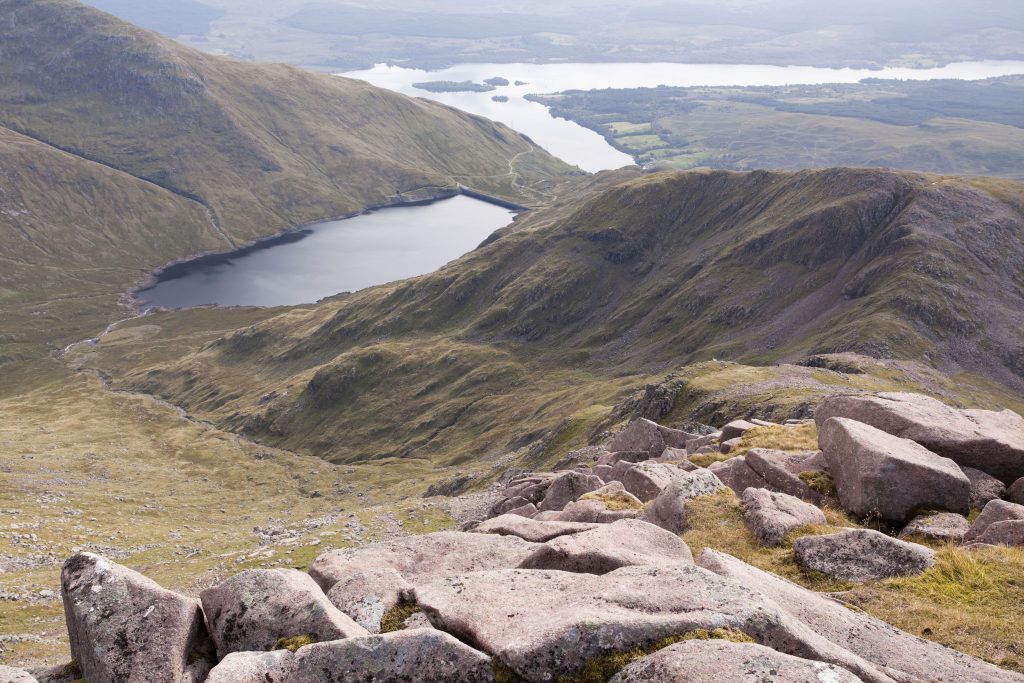
What does the future hold for pumped hydro?
One of the challenges in installing more pumped hydro storage is finding suitable geography – places which are both mountainous, with nearby suitably large bodies of water.
However, there have been experiments into river and tidal-based pumped hydro storage projects. Senator Wash Dam on the Colorado River uses pumping to store water upstream from the Imperial Hydropower Dam so it can be released when needed, while the Rance Tidal Power Station in France pumps sea water behind the barrage to allow it to start up faster.
Storage solutions will become more important as electricity systems increasingly move towards renewable and low carbon sources. Pumped storage helps to meet peak-time demand and provide grid stability by making use of the landscape and gravity to deliver electricity when it’s needed.
Guided tours of Cruachan: The Hollow Mountain are available via VisitCruachan.co.uk







